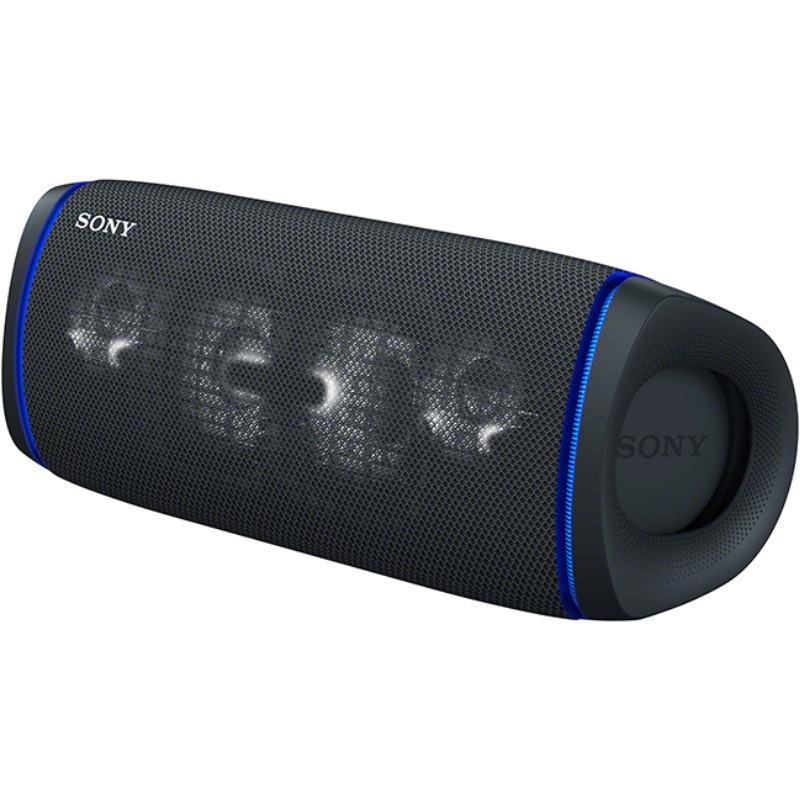- You have no items in your shopping cart
- Subtotal: KSh 0.00
DJI Mavic Air 2 Fly More Combo
KSh 125,999.00
- 8K Hyperlapse Time-Lapse Video
- Up to 4K60p Video & 48MP Images
- Up to 34 Minutes of Flight Time
- Remote Controller & Fly More Accessories
- 1080p Video Transmission up to 6.2 Miles
- 240 fps Slow Motion at 1080p
- HDR Video, Images & Panoramas
- APAS 3.0 Obstacle Avoidance
- FocusTrack Subject Tracking Modes
- Return to Home & Precision Landing
Out of stock
DJI Mavic Air 2: Design
When holding the Mavic Air 2 in one hand and the Mavic Mini in the other, the Mini felt positively toylike compared to the much larger, and much heavier Mavic Air 2. Both drones look alike — a similar shade of gray, as well as DJI’s now-signature folding-arm design — but the Mavic Air 2 is much more substantial.

The Mavic Air 2 looks much more like the Mavic 2 Pro (and the Mavic Mini) than the original Mavic Air, for better and worse. While this now unifies the design language of the Mavic line, the all-gray Mavic Air 2 is less exciting visually, and less sleek than the original Mavic Air, which had a smoother top, and was a blend of black, white, and silver. The dull gray of the Mavic Air 2 also makes it much harder to see while flying, especially on overcast days.Buy The DJI Mavic Air 2 Fly More Combo Best price online from CELLULAR KENYA,Nairobi

Weighing 570 grams (1.25 pounds), the Mavic Air 2 is more than twice the weight of the Mini (249 grams/8.8 ounces), as well as the Mavic Air (430 grams). The Air 2’s weight is higher than the limit imposed by the FAA, so this is a drone you’ll have to register.

Similar to the Mavic Air, the Mavic Air 2 has sensors on the front, bottom, and rear to help it avoid objects. (The Mini only has sensors on the front and bottom). In addition, the Air 2 has the latest version of DJI’s obstacle-avoidance system, Advanced Pilot Assistance System (APAS) 3.0. When enabled, APAS will plot a course around any object that comes into the flight path of the drone. However, this is only available when shooting video up to 4K/30 fps; APAS turns off automatically at higher framerates.
DJI Mavic Air 2: Controller
The biggest difference that you’ll notice at first glance between the Mavic Air 2 and its predecessor involves the controller, which is completely redesigned. It’s now much more substantial, almost twice the size as previous DJI controllers. Instead of two downward-folding arms, which cradled your smartphone between your palms, the controller now has a spring-loaded bracket that extends upward from the top.

One thing I like about the new controller is that connecting it to my iPhone is less fussy; before, I always fumbled when threading the USB-to-Lightning wire through the controller’s arm.










